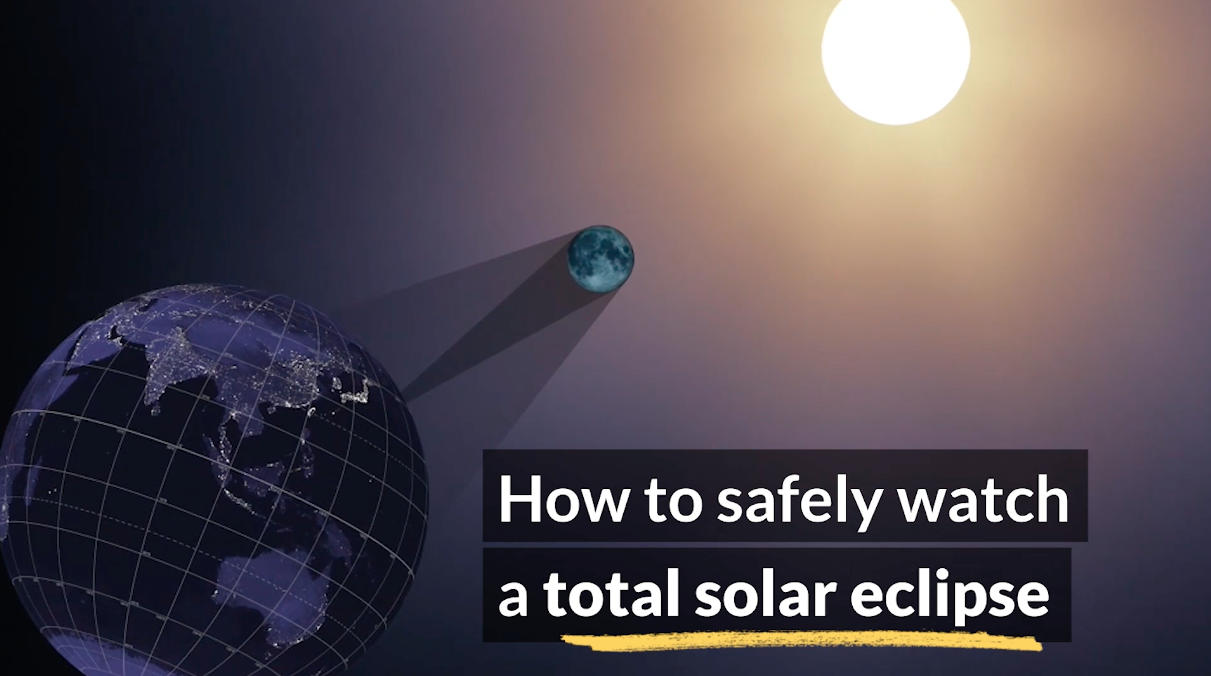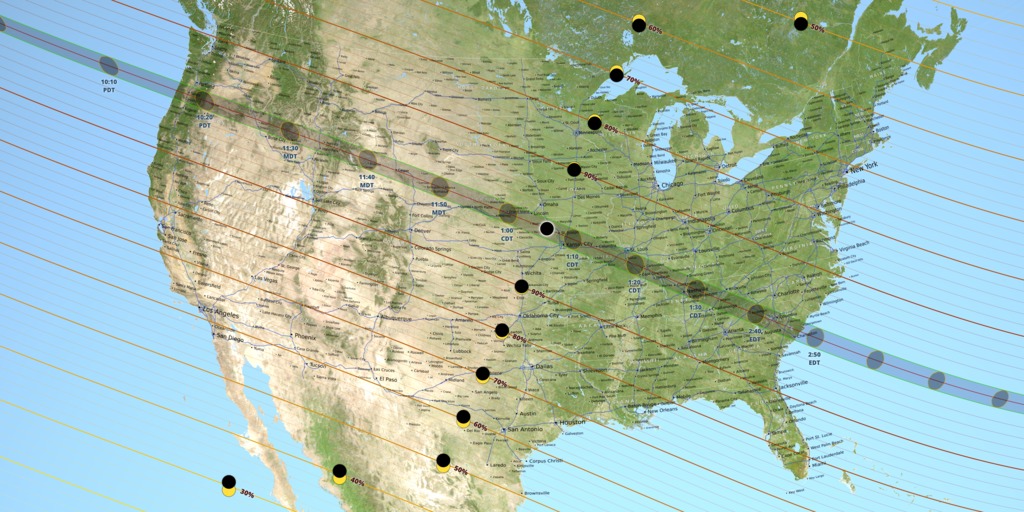2 Minutes, 6 Hands, 1 Chance
Watch this video on the NASA Goddard YouTube channel.
Complete transcript available.
Music credit: Patisserie Pressure by Benjamin James Parsons
A team of three scientists have two minutes to complete an experiment during the 2017 total solar eclipse.
Animation simulating how the polarization camera improves speed during the experiment.
Animation simulating the traditional way of conducting the experiment without a polarization camera.
Credits
Please give credit for this item to:
NASA's Goddard Space Flight Center
-
Producer
- Genna Duberstein (USRA)
-
Scientists
- Natchimuthuk Gopalswamy (NASA/GSFC)
- Nelson Reginald (Catholic University of America)
-
Editor
- Genna Duberstein (USRA)
-
Videographers
- John Caldwell (Advocates in Manpower Management, Inc.)
- Genna Duberstein (USRA)
Series
This page can be found in the following series:Release date
This page was originally published on Monday, August 7, 2017.
This page was last updated on Wednesday, May 3, 2023 at 1:47 PM EDT.


![Complete transcript available.Music credits: ‘Electricity Wave’ by Jean-François Berger [SACEM] and ‘Solar Winds’ by Ben Niblett [PRS], Jon Cotton [PRS]Watch this video on the NASA Goddard YouTube channel.](/vis/a010000/a012600/a012693/LARGE_MP4-12693_FirstCMEDuringEclipse_large.00139_print.jpg)


![Music credit: "Gear Wheels" by Fabrice Ravel Chapuis [SACEM] from Killer Tracks Complete transcript available.Watch this video on the NASA Goddard YouTube channel.](/vis/a010000/a013200/a013291/BITSE_ReadyForFlight_YouTube.00283_print.jpg)